The European semiconductor distribution industry has rolled into 2015 on the same momentum shown in the positive trend from the last quarters of 2014, albeit with a little help from currency fluctuations. According to DMASS (Distributors’ and Manufacturers’ Association of Semiconductor Specialists), semiconductor distribution sales in Q1/2015 grew by 13.3% to 1.82bn Euro, the highest recorded quarterly sales since the introduction of the Euro in 2002.
The majority of the increase is due to a massive swing in the Euro/US-Dollar exchange rate, with the Euro losing 17% of its value, compared to Q1/CY14. As a significant part of billings to European customers are done in US Dollars, there is an artificial growth effect of over 50% of the total growth in Q1.
Georg Steinberger, chairman of DMASS, commented: “This is the opposite of what we have seen over previous years, when the Euro became stronger and stronger. We estimate that over 50% of the growth is a pure currency effect, either by customers buying in US-Dollars or by price increases that almost match the Dollar/Euro upswing. Nevertheless, even neglecting exchange rate effects, the distribution market enjoyed a stable sales growth. The downside certainly is a wave of price increases from overseas suppliers that occur all over the place to compensate exchange rate effects.”
From a regional perspective, the growth leaders in Q1 were to be found in the Eastern Regions – Israel, Turkey, Eastern European countries – and the Nordic countries. While Israel and Turkey grew over 30%, Eastern Europe in total grew by 29% (with the exception of Russia at minus 15%), Nordic by 23%. Of the major regions, UK (16.3%) and France (17.2%) grew above average, while Germany (5.8%) and Italy (8.4%) trailed the trend. In absolute numbers, Germany reported 544m Euro, Italy 171m Euro, UK 158m Euro and France 146m Euro.
Added Steinberger: “Growth rates in the major markets are differently influenced by the currency effects: Nordic, UK, France and Eastern Europe either account more strongly in Dollar or in local currency and therefore show higher increases. Germany, Italy and a few smaller markets have been more Euro-focused, with the effect that their single-digit growth rates are more in line with a realistic market growth. At the end, the absolute numbers count, and DMASS considers 2015 to have started in a very healthy way.”
Product-wise, almost all major categories stayed in line with the general growth trend, except Power (6%), Sensors (9%), MOS Micro (10.5%) and Standard Logic (6.7%) . Programmable Logic and Analog grew by 16.2%, Opto by 15.4%, Discretes by 14.2%, Memories by 13.9% and Other Logic by a staggering 18.5%. In absolute terms, the biggest product groups reported as follows: Analogue grew to 537m Euro, MOS Micro to 371m Euro, Opto to 185m Euro, Power to 175m Euro, Programmable Logic to 145m Euro, Memory to 139m Euro, Discretes to 105mmEuro and Other Logic (ASSPs and others) to 91m Euro.
Georg Steinberger observed: “As the currency effect really happens at the customer and regional level, the product growth rates are not really very reliable, as they are just the summary of what happens with customers or suppliers. But it would be safe to assume that the numbers contain a real growth in the magnitude as mentioned above – 5 to 6%.”


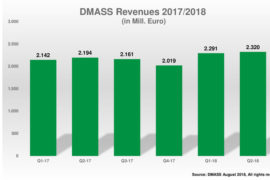
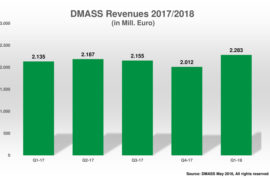
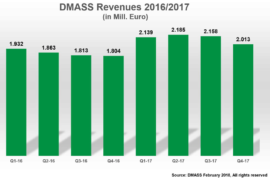
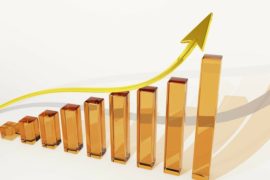
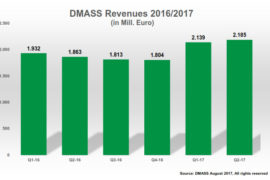
Comments are closed.